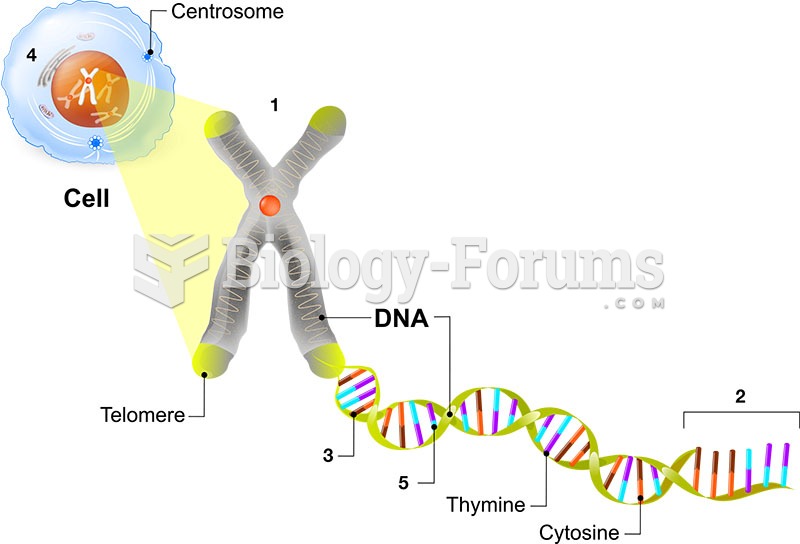Answer to Question 1Lizards have long bodies and long, clearly defined tails. Their limbs are usually paired and attached to their
bodies at right angles. This enables the animal to lift its body up off the ground when moving. The limbs of
most lizards are weak, and some lizards have very short, stump-like limbs.
The skin of lizards has a horny surface layer, which is formed by a hard, continuous covering of scales.
These scales lie beneath the outer layer of the epidermis so the body can grow. As the animal grows, this outer
layer is shed, allowing for further growth.
Some lizard species do not have eyelids. Lizards have teeth that are fused to the jawbones. Two species
have teeth connected to poison glands.
The tongues of lizards vary considerably. Some have short, fleshy tongues, which have very little movement,
whereas others may have long, slender, and forked tongues.
The lungs of most lizards are the same size, but in some lizards and some snake-like lizards, the left lung
is reduced in size, and the right lung is very long and lies between other internal organs. Lizards have threechambered
hearts.
Answer to Question 2The term terrapin is applied to turtles found in freshwater and brackish water that are considered excellent
eating.
Turtles and tortoises have short, thick bodies encased in shells. All turtles and tortoises have limbs that
enable them to walk on land. This group of reptiles has modified limbs that enable them to swim as well as
to walk on land. Some turtles and tortoises spend most of their time in the water; their limbs are primarily
adapted for swimming, and they move about on land with creeping and crawling motions. Turtles and tortoises
do not molt their thick epidermal skin. A new epidermal scale forms beneath the old one as they grow.
This allows for growth of the animal. These epidermal scales, or scutes, form rings that can be used to estimate
the animal's age. However, this method may give an inaccurate indication because more rings may form during
a good year. The hard, tough layer of scales prevents moisture from dissipating from the body. In turtles and
tortoises, this horny epidermal layer forms an exoskeleton, which has two parts. The upper part is called the
carapace and also forms a part of the vertebrata and ribs of the animal. The lower portion is called the plastron.
Turtles and tortoises do not have teeth. Their jaws form very sharp or crushing plates, depending on the
diet of the animal. The front part of the jaws forms a horny beak.







